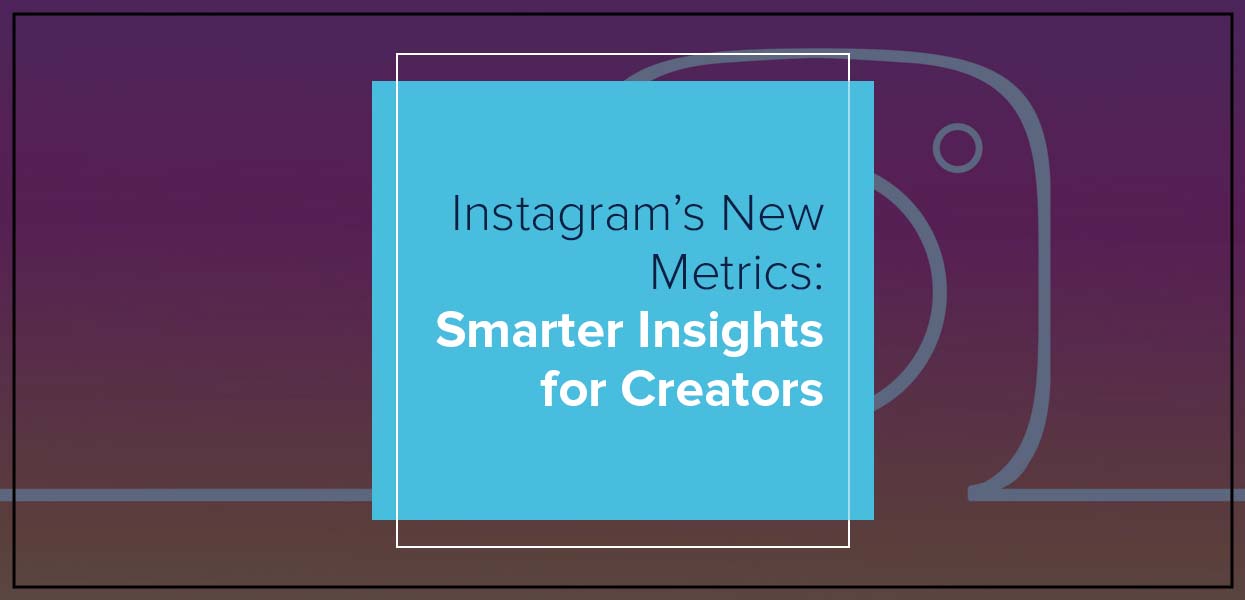How to improve ROAS in Google Ads

If you're running paid campaigns, chances are you’ve heard the term ROAS tossed around. Return on Ad Spend is one of the most important metrics in digital advertising, especially on platforms like Google Ads. It tells you exactly how much revenue you’re generating for every rupee or dollar spent. But here’s the tricky part: hitting a good ROAS isn’t just about spending less or bidding smarter. It’s about knowing what to tweak, test, and tighten up across the board.
This guide breaks down clear strategies you can use to improve ROAS in Google Ads, even if you’re not working with a massive budget.
1. Start With Smarter Audience Targeting
Before you try to scale anything, lock down who you're targeting. Most underperforming campaigns suffer from poor audience alignment. If your ads are showing up in front of the wrong people, even the best copy or creative won’t help.
Use Google’s audience segmentation tools to zero in on people who are most likely to convert. This includes in-market audiences, affinity audiences, custom intent, and retargeting. Don’t just target broadly; build granular audiences and monitor their performance separately.
Also, layer demographics like age, household income, and location to filter out irrelevant traffic. The tighter your targeting, the better your ROAS.
2. Focus on High-Intent Keywords
Not all clicks are equal. Some keywords bring browsers, while others bring buyers. If you want better ROAS, you need to focus on high-intent, bottom-of-the-funnel keywords. These are search terms people use when they’re close to making a purchase decision.
Use phrase match or exact match to maintain control. Broad match might bring in volume, but it often includes irrelevant traffic that wastes your budget.
Check your search terms report regularly. Remove any queries that don’t convert. Tighten your negative keyword list. This reduces ad spend leakage and keeps your campaigns focused.
3. Switch to Value-Based Bidding
Traditional bidding models treat every conversion the same. But in reality, not every customer is worth the same amount. That’s where value-based bidding comes in.
Instead of optimizing for conversions, optimize for conversion value. You can set up conversion tracking to capture revenue or assign different values to different actions. Then let Google’s algorithms prioritize clicks that are likely to bring higher returns.
If you’re running eCommerce campaigns, link your product feed and track real-time revenue. For service-based businesses, assign values based on lead quality or potential deal size.
4. Clean Up Your Product Feed
For eCommerce advertisers, your product feed is everything. It powers your Shopping campaigns and controls how your products show up in search.
Make sure your titles, descriptions, and categories are optimized with relevant keywords. Use high-quality images. Include promotions, ratings, and shipping info. The cleaner and more complete your feed, the better your performance.
Poorly structured feeds lead to low-quality clicks and wasted spend. Tools like Google Merchant Center provide diagnostics to fix common issues.
5. Align Your Ad Copy With User Intent
Your ad copy is where strategy meets execution. Even with perfect targeting, if your copy doesn’t speak to what the user wants, they won’t click. Or worse, they’ll click and bounce.
Write copy that aligns with the searcher’s intent. Highlight benefits, not just features. Use strong calls to action. If someone is searching for “affordable custom shoes,” your ad better mention pricing and customization.
Make use of all extensions, sitelinks, callouts, and structured snippets to increase real estate and relevance. More context usually leads to better click-through rates, which improves Quality Score and ROAS.
6. Use Smart Segmentation for Campaign Structure
Don’t lump everything into one big campaign. Segment by product category, service type, audience intent, or geographic region. Smaller, more focused campaigns are easier to manage and optimize.
This structure lets you allocate the budget more efficiently. If one campaign is pulling in better returns, you can quickly double down. If another is underperforming, you can pause, tweak, or reallocate spend without harming your overall performance.
Also, test ad variations separately across segments. What works for one group might flop with another.
7. Improve Your Landing Pages
Sending traffic to a mediocre landing page is the fastest way to burn ad spend. Even if your campaign is dialed in, a slow, cluttered, or irrelevant page can ruin conversion rates.
Focus on speed, clarity, and relevance. The landing page should match the ad’s promise. It should be easy to navigate, mobile-optimized, and have a clear, focused CTA.
Use A/B testing tools like Google Optimize or VWO to test variations. Sometimes small tweaks, like changing a headline or button color, can lead to big differences in conversion value.
8. Reallocate Budget to High-Performing Campaigns
Don’t spread your budget thin. Focus on the campaigns, keywords, and audiences that are delivering the highest returns.
Use Google Ads reports to track metrics like cost per conversion, conversion value per cost, and ROAS. Then make decisions weekly. If one campaign is outperforming others, shift more budget to it. If something isn’t working after several tests, pause it.
This isn’t about cutting campaigns randomly. It’s about reallocating based on hard data.
9. Automate What Makes Sense
Manual bidding and optimization can only take you so far. Automation, when used properly, can help improve ROAS by reacting faster than you can.
Use automated bidding strategies like Target ROAS or Maximize Conversion Value once you’ve gathered enough data. But don’t go on autopilot. Keep reviewing performance and overriding automation when necessary.
Also, use rules or scripts to pause underperforming ads, adjust bids, or schedule tests. This keeps your account lean and efficient without requiring constant babysitting.
10. Monitor ROAS By Device, Location, and Time
Not all clicks perform equally across devices or regions. Break down your ROAS by device, desktop, mobile, and tablet. You might find that mobile is eating your budget without converting.
The same goes for location and time of day. Some regions may bring in better leads. Some hours might generate more profitable conversions.
Adjust your bid modifiers accordingly. Increase bids where ROAS is strong. Reduce or exclude where it's weak.
11. Review Attribution Models
Last-click attribution often gives credit to the final touchpoint, ignoring everything that came before. This skews your ROAS and may push you to pause campaigns that play a crucial role in the buyer’s journey.
Consider switching to data-driven attribution. It helps you understand which keywords, ads, and campaigns contribute most to conversions, even if they’re not the final click.
This can reshape how you assign budget and evaluate performance across the funnel.
12. Keep Testing, Always
The single most important habit for improving ROAS is ongoing testing. Test headlines, descriptions, visuals, landing pages, targeting, and bid strategies.
Google Ads offers responsive search ads that automatically test variations. But don’t rely on automation alone. Run manual split tests to validate big changes.
Set clear hypotheses, monitor results closely, and only scale what proves itself.
Final Thoughts
Improving ROAS in Google Ads isn’t about chasing the latest hack or trend. It’s about disciplined testing, clean structures, smart targeting, and aligning every part of your funnel — from keywords to landing pages with user intent.
Track what works. Kill what doesn’t. And let performance data guide your decisions.
If your current ROAS isn’t where it should be, it’s time to stop guessing and start optimizing. Uniworld Studios can help you turn ad spend into real growth. Reach out and let’s make every click count.
Categories
- Digital Marketing
- Website Development
- Graphic Design
- Content Writing
Latest Posts
-
- Essential Marketing & Advertising Keywords 2025



